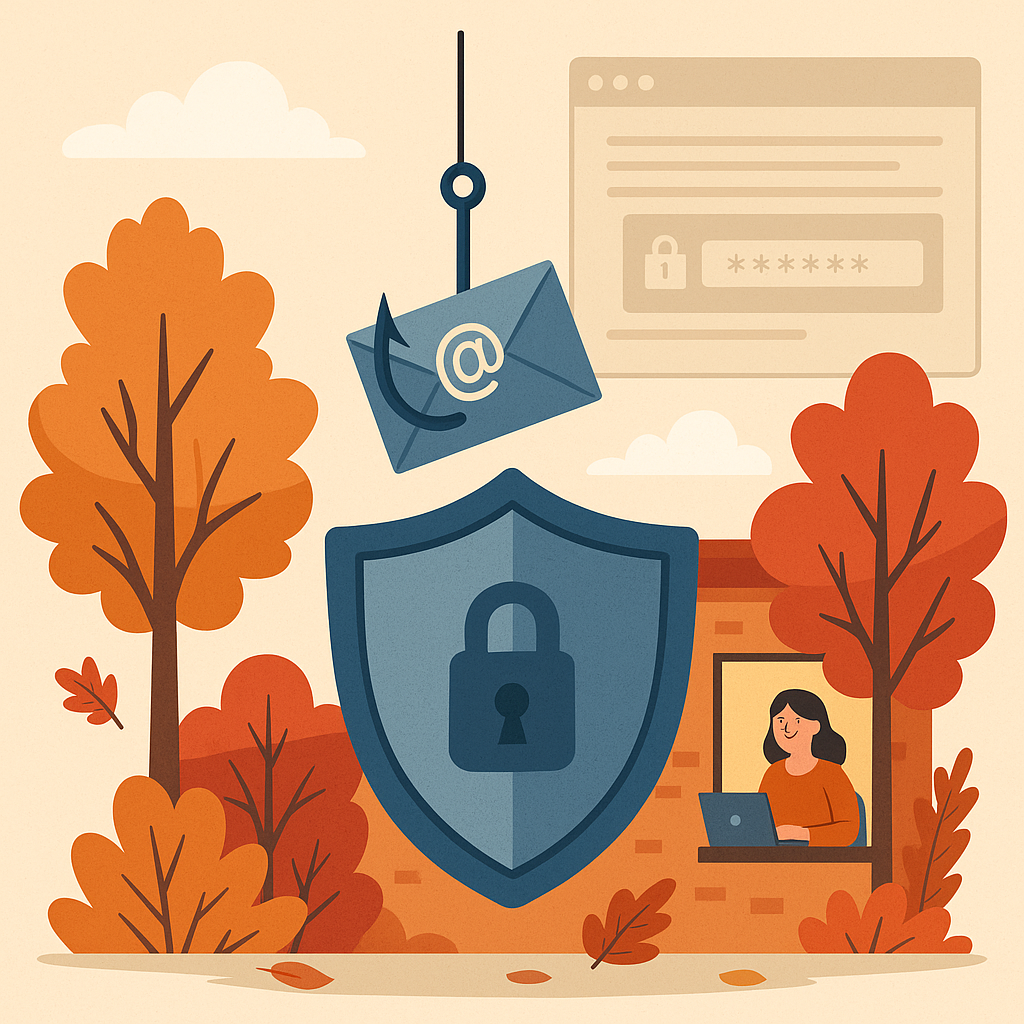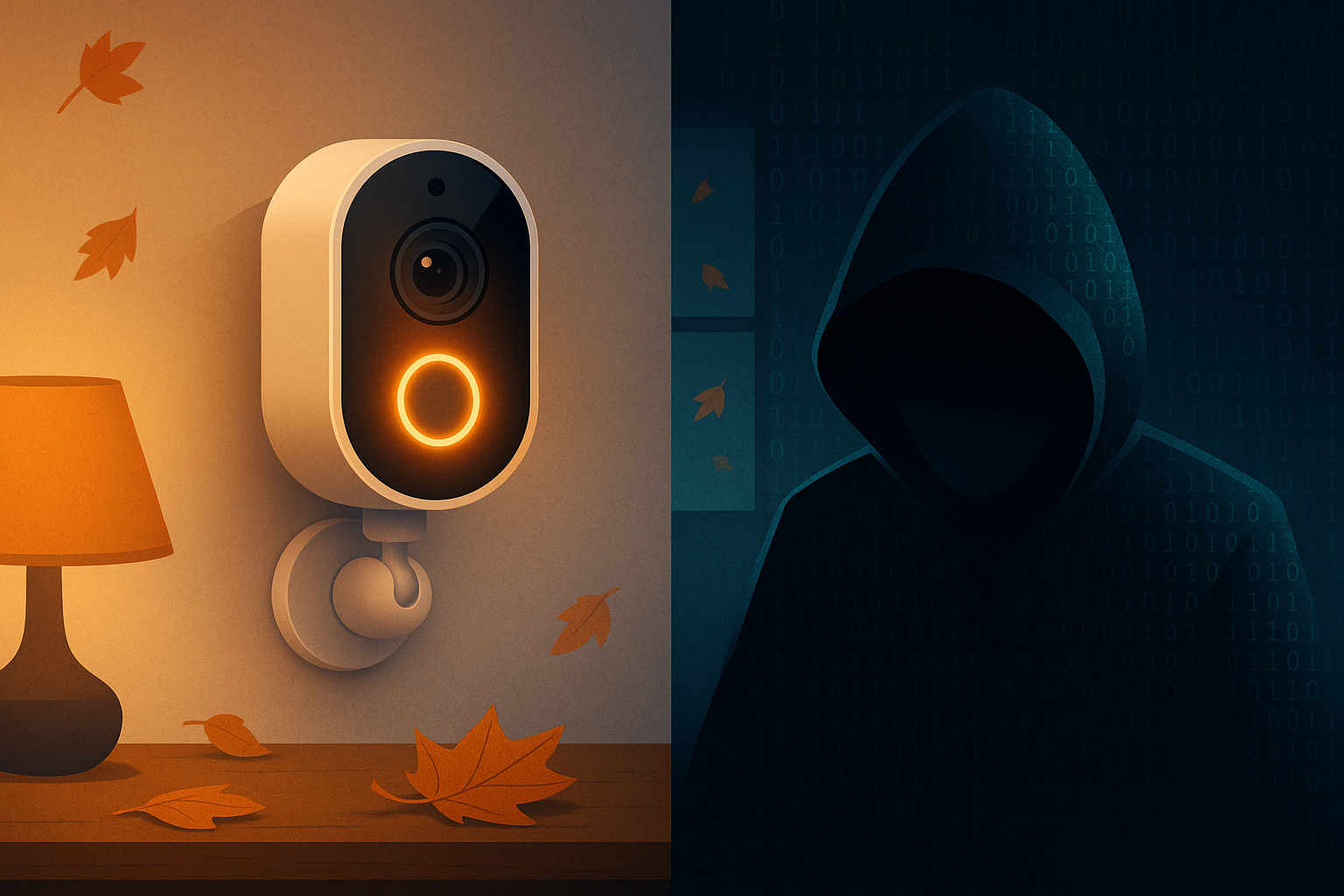As the leaves change, so do the tactics of cybercriminals. Fall is prime time for phishing scams targeting senior care communities—just when you're gearing up for audits, insurance renewals, and year-end reporting.
If you're an Executive Director or Administrator in a Minnesota senior care facility, you're likely stretched thin. But here's the good news: a few smart, simple cybersecurity actions can dramatically reduce your risk—and help you sleep better at night.
Let’s walk through 5 cybersecurity moves that are easy to implement but powerful in protecting your residents, staff, and reputation.
1️⃣ Stop Phishing in Its Tracks with Better Email Security
Phishing is still the #1 way hackers get in. And unfortunately, your front desk, business office, and even care staff are often the targets.
Easy win: Set up an email security filter (like Proofpoint or Microsoft Defender) to automatically catch suspicious messages.
Extra protection: Add a warning banner to all external emails so your staff knows what’s real—and what’s risky.
Remember: It only takes one click. But one filter can block thousands of threats.
2️⃣ Make MFA a Must
Multi-Factor Authentication (MFA) is one of the most powerful tools you can use—and it’s often free through Microsoft 365, Google Workspace, and banking apps.
What it does: Requires a second step (like a code on your phone) to log in. So even if a password gets stolen, attackers are stopped cold.
Why it matters: MFA blocks 99% of account breaches. That’s not a typo. Ninety-nine percent.
3️⃣ Turn on Endpoint Security (Yes, Your Laptops Need It)
Most senior care facilities now rely on remote staff, laptops, and tablets. But if those devices aren’t protected, your whole network is at risk.
Must-have: Endpoint Detection and Response (EDR) software. Think of it as a security guard for every device.
Good options: SentinelOne, CrowdStrike, Huntress.
If your current IT partner hasn’t mentioned EDR, it might be time to ask why.
4️⃣ Train Staff to Spot Scams (Without Scaring Them)
Your caregivers, receptionists, and business team don’t need to become cybersecurity experts. But they do need to know how to spot a suspicious email or a fake login page.
How to do it: Monthly micro-trainings or quarterly phishing simulations. Keep it short, clear, and practical.
Bonus: Many cyber insurance carriers now require staff training as a condition of coverage.
5️⃣ Back Up Like a Boss
If ransomware locks up your system, a clean, recent backup is the only way to recover quickly.
Checklist:
- Back up your data daily.
- Store at least one copy off-site or in the cloud.
- Test your backup regularly. (A backup that doesn’t restore isn’t a backup.)
Especially critical if you're using EHR systems like PointClickCare or MatrixCare.
This Fall, Don’t Just Rake Leaves—Rake In Peace of Mind
Cybersecurity doesn’t have to be scary, expensive, or overwhelming. With the right support, you can put protections in place that are simple, affordable, and designed for senior care.
And if you're not sure where to start—or if your current IT provider is covering all these bases—we’re here to help.
Schedule a Cyber Check-In
Let’s take 15 minutes to make sure your facility is phishing-proof, ransomware-ready, and cyber insurance compliant.
Because you deserve peace of mind this season—and every season.
https://www.bouncebacksolutions.com/contact
info@bouncebacksolutions.com
763-335-9255
















